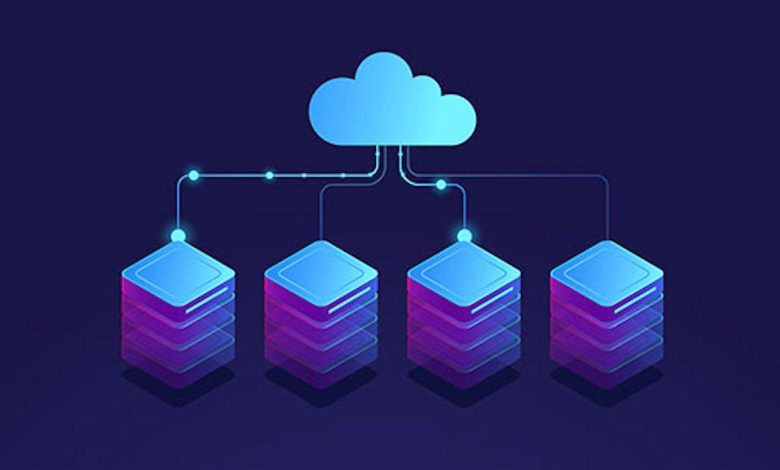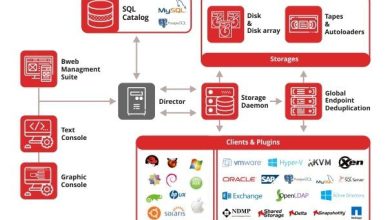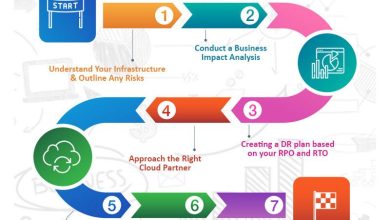Cloud Backups vs. On-Premise: What’s Right for Your Business?

Cloud Backups vs.On-Premise: what’s Right for Your Business?
In todayS digital landscape, data is the lifeblood of any business. Whether you’re a small startup or a large corporation, ensuring data safety is paramount. with the rise of technology, companies now have two primary options for backing up their data: cloud services adn on-premise solutions. This article will explore the advantages and disadvantages of both options, guiding you to make an informed decision for your business.
Understanding the Two Backup Solutions
What are Cloud backups?
Cloud backups involve saving your data on remote servers that are managed by a third-party service provider. These services are accessible over the internet, allowing users to retrieve their data from virtually anywhere.
What are On-Premise Backups?
On-premise backups, as the name implies, are stored in-house on physical devices like servers, hard drives, or tapes. This means that your data is managed and stored locally within your business premises.
Key differences Between Cloud and On-Premise Backups
| Feature | Cloud Backups | On-premise Backups |
|---|---|---|
| Accessibility | Accessible from anywhere with internet access | Limited to physical location of the server |
| Cost Structure | Subscription-based, operational expense | High initial capital expense |
| Security | Enhanced security measures by service providers | Vulnerability to physical breaches |
| Scalability | Easy to scale up or down depending on needs | Scalability can be costly and complicated |
| Data Recovery | Quick recovery processes available | Longer recovery times, dependent on hardware |
Benefits of cloud Backups
Cloud backups offer several advantages that can significantly benefit businesses of all sizes:
- Cost-effective: With a pay-as-you-go model, cloud services can be cheaper than investing in physical infrastructure.
- Automatic backups: Many cloud services offer automated backups, ensuring your data is consistently up to date.
- Reduced Maintenance: The cloud service provider manages the infrastructure and maintenance, freeing your IT staff for other tasks.
- Disaster Recovery: Cloud backups can be part of a comprehensive disaster recovery plan, enabling quick recovery from catastrophic events.
Benefits of On-Premise Backups
While cloud backups have their perks, on-premise backups also hold notable advantages:
- Control: You have full control over your data, security, and policies.
- Less Dependence on Internet: Access and recovery are possible without internet connectivity.
- Customization: You can tailor your backup solution to your specific needs and preferences, ensuring optimal performance.
- Immediate Access: Data access speed may prove quicker as it resides onsite, eliminating latency issues associated with internet connectivity.
Considerations Before Choosing a Backup Solution
When deciding between cloud and on-premise backups, several factors should be taken into account:
1. Data Sensitivity
If your business handles sensitive data, you may prefer on-premise solutions for increased control over security measures.
2. Compliance Requirements
Businesses in regulated industries must consider compliance with laws (e.g., GDPR, HIPAA) and assess which solution provides better support for these regulations.
3. budget Constraints
Evaluate your budget to determine whether you can afford the upfront costs of on-premise infrastructure or if a cloud service’s ongoing subscription makes more sense.
4. Scalability Needs
Identify how your data storage needs may change in the future and choose a solution that can grow with your business.
Case Studies: Businesses That Made the Switch
Example 1: A Small Startup
A small startup specializing in digital marketing initially relied on an on-premise backup system. As their data grew, thay found maintenance costs rising and backups becoming cumbersome. Switching to a cloud backup solution saved costs,automated processes,and offered the scalability they needed for their growth.
Example 2: A Financial Firm
In contrast, a growing financial firm opted for on-premise backups due to stringent regulatory requirements for data confidentiality. They maintained control over their systems by investing in high-quality hardware and dedicated IT personnel to oversee the back-ups.
Practical Tips for Your Backup Strategy
- Assess your needs: before choosing a backup solution, evaluate your current and future data storage needs.
- Regularly test your backups: Conducting routine tests can ensure that your backup solutions are working properly and that you can recover data effectively.
- Implement a hybrid approach: Some businesses may find success in using a combination of cloud and on-premise backups for a robust solution.
First-Hand Experience: Switching to Cloud backups
Many businesses have found transitioning to cloud backups a seamless process. One tech company shared that they transitioned from an on-premise solution to cloud backups over a weekend, training employees on the new system immediately after.This led to improved efficiency and reduced costs, confirming that the switch was not only necessary but advantageous.
Conclusion: Making the Right Choice for Your Business
Choosing between cloud backups and on-premise solutions ultimately depends on the unique needs of your business. While cloud backups offer versatility and ease of use, on-premise solutions provide more control and immediate access to data. Assessing your data sensitivity, budget constraints, and growth projections will guide you toward the best decision for your institution’s future. as data continues to grow, ensuring robust backup solutions is more critical than ever for business success.




